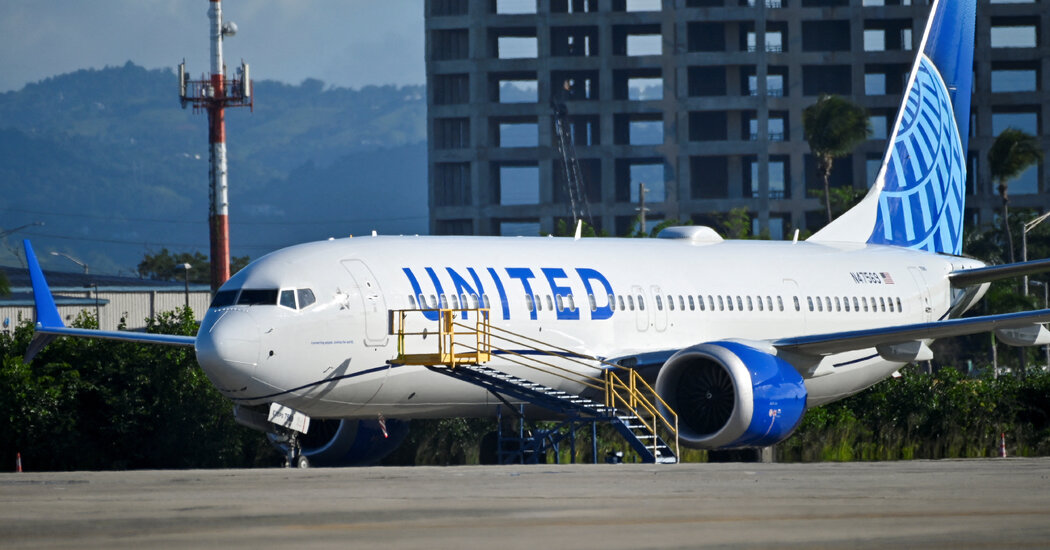Federal regulators on Wednesday cleared the way for Boeing 737 Max 9 jets to fly again — but also said they would put new limits on production of the troubled planes.
The Federal Aviation Administration grounded about 170 Max 9 planes on Jan. 6 after a body panel detached from an Alaska Airlines Max 9 minutes after the flight took off from Portland, Ore., leaving a gaping hole in the side of the jet.
On Wednesday, the agency approved a set of inspection and maintenance procedures and said airlines could resume flying the jets once the checks were complete. The process includes requiring airlines to inspect certain bolts and fasteners and to re-torque fasteners on the panel, known as a door plug, which is placed where an emergency exit door would be if a jet had more seats.
United Airlines said that it would begin inspecting its 79 Max 9 planes under the new guidelines and that it expected to start using them again on flights on Sunday. Alaska Airlines said on its website that it planned to put a “few planes” back into service on Friday, “with more planes added every day as inspections are completed and each aircraft is deemed airworthy.” The airline said it expected to complete inspections on all 65 of its Max 9 planes over the next week.
In a statement on Wednesday, Mike Whitaker, the F.A.A. administrator, said the agency was convinced that, with the necessary checks, the planes were safe.
“We grounded the Boeing 737-9 Max within hours of the incident over Portland and made clear this aircraft would not go back into service until it was safe,” he said.
But while existing planes could begin flying in a matter of days, the F.A.A. made it clear that Boeing’s troubles were far from over. In its statement, the agency said it would not allow Boeing to expand production of any of the 737 Max planes — not just the Max 9 but also other versions of the plane.
“Let me be clear: This won’t be back to business as usual for Boeing,” Mr. Whitaker said in the statement. He said the agency would not approve production increases until it was “satisfied that the quality-control issues uncovered during this process are resolved.”
The F.A.A. order is the latest in a series of problems for Boeing, and the 737 Max in particular. The line of fuel-efficient planes was meant to help the company regain ground it had lost to its European competitor, Airbus, and it quickly became the best-selling jet in Boeing’s history. But crashes of a different variant of…
Click Here to Read the Full Original Article at NYT > Travel…
